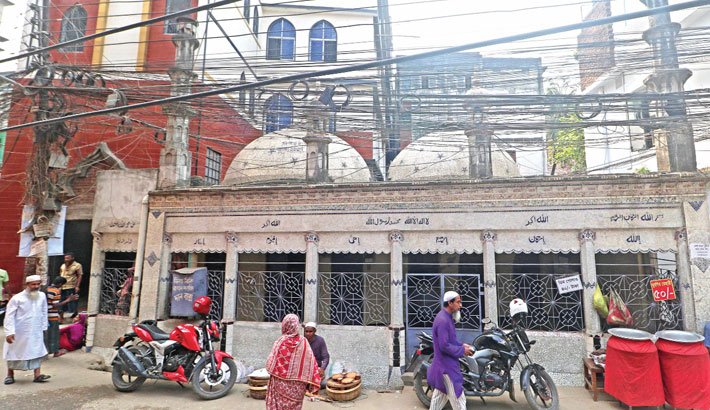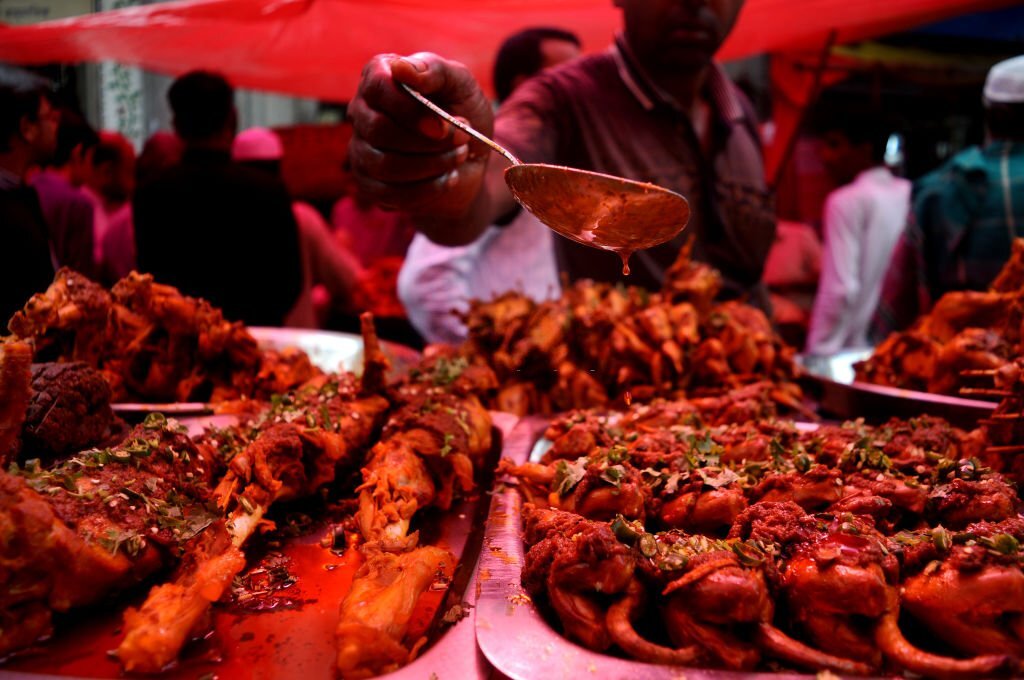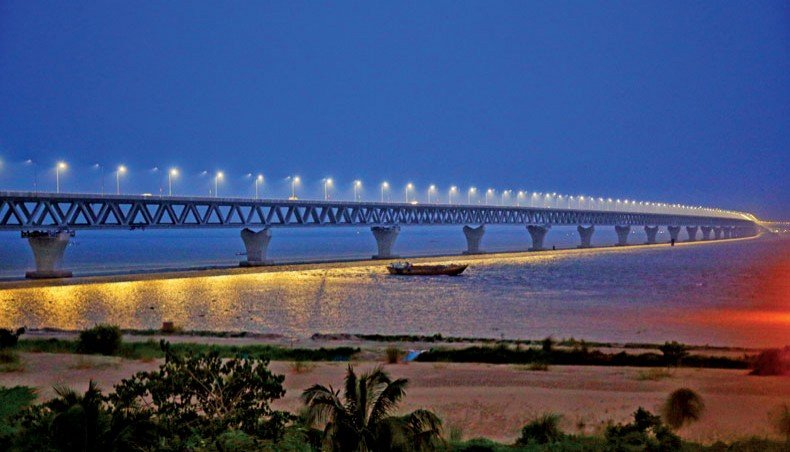Binat Bibi Mosque: Bangladesh’s Oldest Surviving Mosque

Binat Bibi Mosque: Bangladesh’s Oldest Surviving Mosqu
The Binat Bibi Mosque in Old Dhaka was built some 600 years ago in 1454 CE, which is the oldest surviving mosque in Bangladesh.
Amid the buzzing alleys of Old Dhaka stands a modest but historically priceless monument: the Binat Bibi Mosque, believed to be the oldest surviving mosque in Bangladesh. This structure predates many iconic religious sites in South Asia, making it an invaluable part of the region’s Islamic architectural heritage. While it may not boast the grandeur of Mughal-era monuments, its significance lies in its age, origin, and the fascinating story of its founder—a woman, at a time when female patronage in architecture was rare.
Binat Bibi Mosque serves as a bridge between the medieval Islamic world and today’s multicultural, digital society. Its story highlights the contributions of women, the cultural depth of Bengal, and the evolution of Islamic architecture over six centuries.
Historical Background: A Mosque Built by a Woman
The mosque was commissioned by Bibi Binat, daughter of Marhamat, during the rule of the Bengal Sultanate. This period (14th–16th century) was an important phase of cultural fusion where Islamic, Persian, and Bengali artistic traditions intertwined.
The fact that a woman financed and oversaw the construction of a mosque during the 15th century is remarkable. Female patrons existed in the Islamic world, but their contributions were rarely documented. The inscription slab of Binat Bibi Mosque, however, clearly credits her as the founder, offering a rare glimpse into the religious and social agency women held in Bengal’s medieval society.
This makes the mosque not just a religious site, but an essential historical source that challenges contemporary assumptions about gender roles in early South Asian Islamic communities.
Architectural Features: A Blend of Simplicity and Early Bengal Sultanate Style
The original structure of the Binat Bibi Mosque represented the typical architectural vocabulary of the Bengal Sultanate:
1. Small, Rectangular Prayer Hall
The mosque was built as a compact space for local worshippers. Its layout reflects the community-oriented approach common in early Islamic settlements.
2. Terracotta and Brick Construction
Brick was the primary building material in Bengal due to the scarcity of stone. The use of terracotta patterns and thick brick walls is consistent with other Sultanate-era structures.
3. Pointed Arches and Semi-Domed Roofs
The mosque originally had a simple roof, but later renovations introduced domes, reflecting Mughal influences that spread centuries after its construction.
4. Minimal Ornamentation
Unlike the highly decorative mosques of Delhi or Lahore, the Binat Bibi Mosque’s early design was modest, emphasizing function and piety over grandeur.
Renovations Over the Centuries
Multiple renovations—particularly during the late 20th century—altered the mosque’s original look. Modern extensions were added to accommodate a growing congregation. Nevertheless, the core foundation, façade, and inscription slab preserve its historical authenticity.
Cultural and Religious Significance
The Binat Bibi Mosque has been a living religious institution for nearly 600 years, making it one of the longest-continuously-used mosques in the region. For residents of Narinda and Old Dhaka, it represents:
A connection to the earliest Islamic presence in the city
A symbol of continuity in a rapidly modernizing urban landscape
A spiritual heritage passed down through generations
Its story also resonates globally as an example of female architectural patronage within Islamic history, an angle increasingly explored by modern scholars.
Why the World Should Care About the Binat Bibi Mosque
In a world where attention often gravitates toward monumental icons such as the Taj Mahal or Blue Mosque, the Binat Bibi Mosque stands as a quiet reminder that historical significance is not always tied to size or fame. The mosque’s global relevance emerges from three important themes:
1. It Represents One of the Earliest Islamic Architectural Traditions in South Asia
The mosque predates the Mughal Empire by over a century. Its existence provides insights into how Islamic architecture evolved in Bengal before Mughal influence.
2. It Highlights Women’s Contribution to Islamic Heritage
Stories of Muslim women building mosques are rare but not unheard of. The Binat Bibi Mosque reinforces this legacy on a global stage.
3. It Contributes to Dhaka’s Identity as a Historic City
While Dhaka is known today as a fast-growing megacity, monuments like this mosque connect it to a deeper, richer past. Heritage travelers and scholars increasingly look for such lesser-known sites that add nuance to the broader narrative of Islamic civilization.
Tourism and Visiting Information
Although not a mainstream tourist spot, the mosque attracts heritage enthusiasts, researchers, and travelers seeking authentic historical experiences. Visitors to Old Dhaka often find the mosque a peaceful escape amid the area’s lively streets.
Location:
Narinda, Wari–Old Dhaka, Bangladesh.
Best Time to Visit:
Winter months (November–February) are ideal for exploring Old Dhaka comfortably.
Travel Tip:
Pair your visit with a tour of nearby historical sites such as the Armenian Church, Bara Katra, and Ahsan Manzil to experience Dhaka’s layered history.
Preservation Challenges
Like many ancient structures in crowded South Asian cities, the Binat Bibi Mosque faces challenges:
Urban congestion
Modern extensions overshadowing original architecture
Lack of conservation funding
Limited global awareness
Heritage experts argue that preserving the mosque’s original elements—especially its inscription, façade, and structural patterns is essential for safeguarding Bangladesh’s early Islamic history.
Conclusion
The Binat Bibi Mosque is not just the oldest surviving mosque in Bangladesh but it is a testament to the cultural, architectural, and social history of South Asia. Built by a woman more than five centuries ago, it stands as a powerful symbol of devotion, community, and historical continuity.
As global interest in hidden heritage grows, the Binat Bibi Mosque offers a compelling story that transcends borders. Whether you’re a historian, traveler, architect, or simply a curious reader, this mosque reminds us that even the most modest structures can carry enormous significance.






